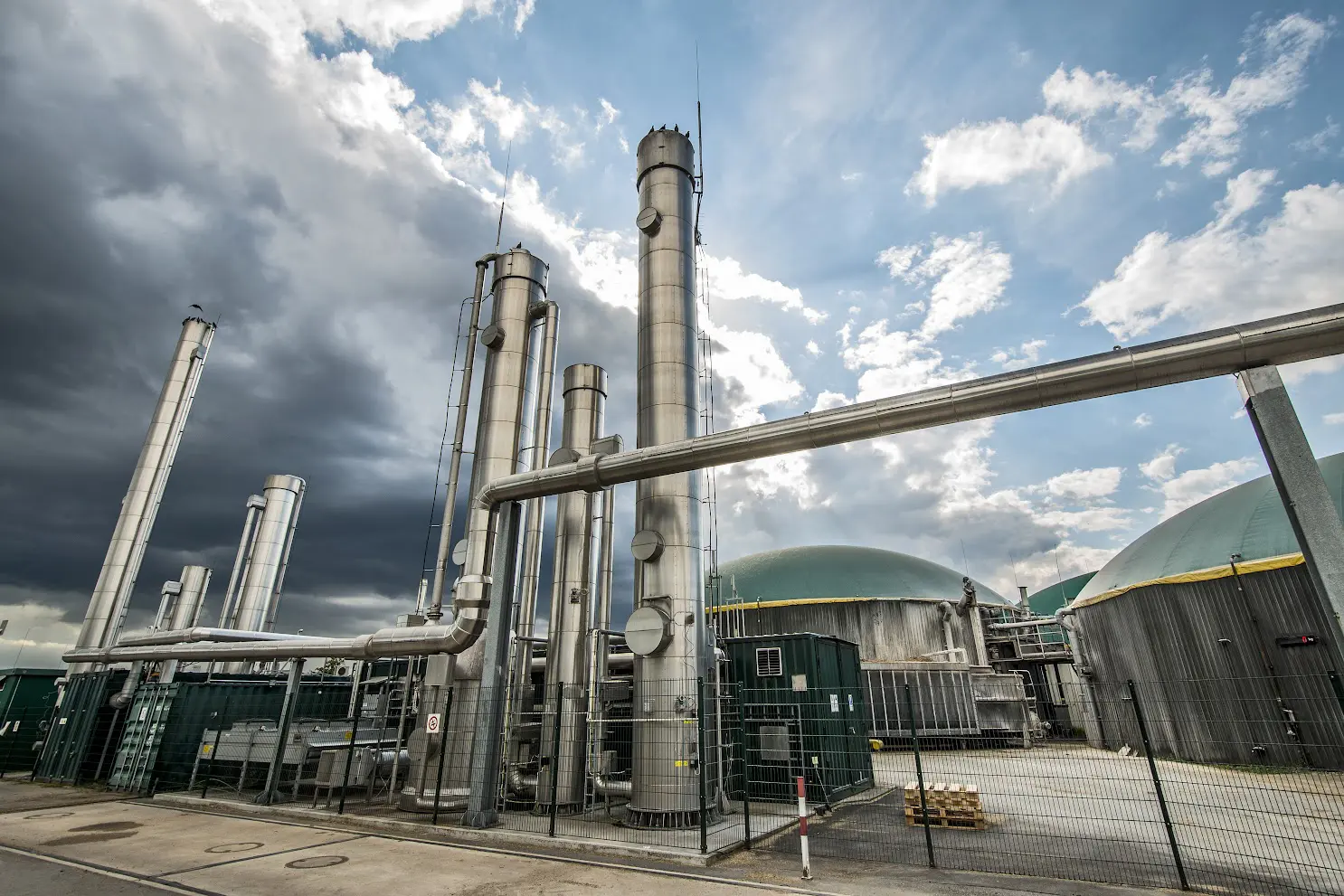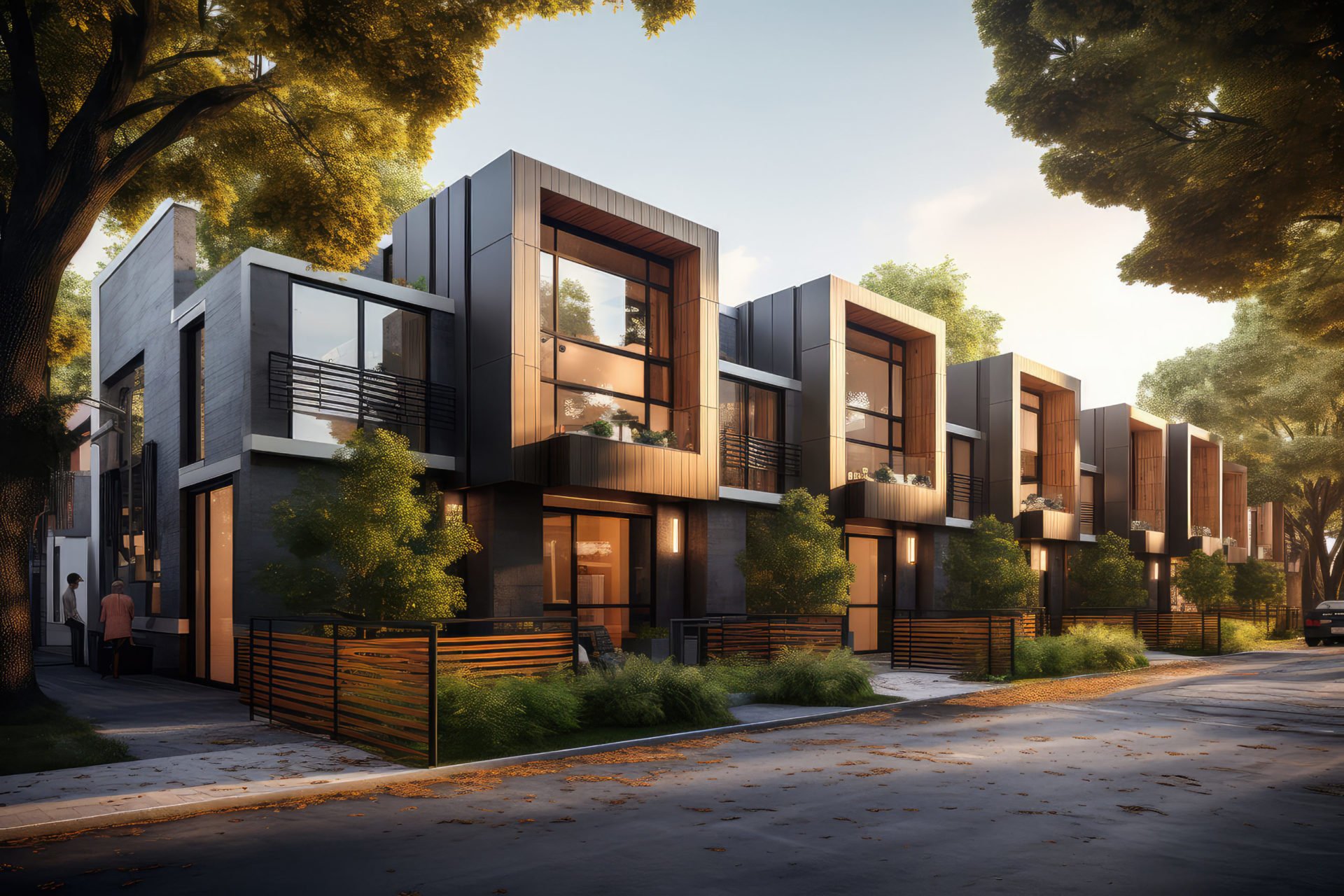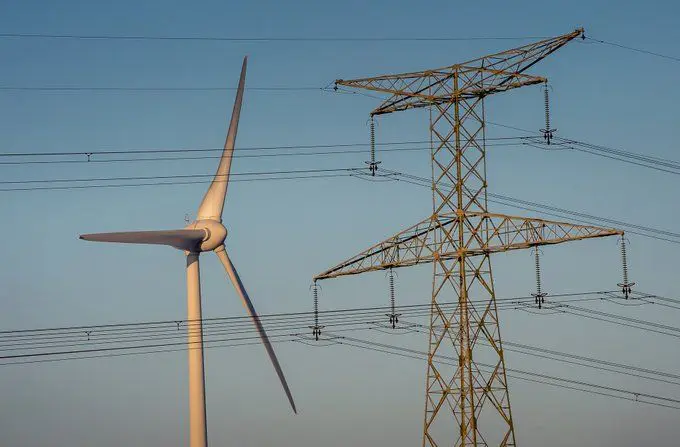Décret Éco-Énergie Tertiaire : en route vers l’efficacité énergétique des entrepôts ! #2

An article by Olivier Guillemot, Executive Director of H3C Energies, and Thibault Sadouet, Executive Director of Genersys.
With more than 78 million square meters of warehouses measuring at least 5,000 m², France’s logistics and transport sector is poised to play a pivotal role in driving the country’s energy transition and achieving carbon neutrality by 2050.This momentum has been driven by the implementation of the Tertiary Eco-Energy Decree, which mandates energy consumption reductions for warehouses over 1,000 m², backed by the risk of fines or public exposure through a “name and shame” approach.
In fact, since September 2022, the Tertiary Eco-Energy Decree has required warehouse owners and tenants to report their energy consumption and implement measures to meet ambitious reduction targets, 40% by 2030 and up to 60% by 2050. While its implementation is far from straightforward, this new regulatory obligation presents a genuine opportunity for SMEs and SMIs in the logistics sector to achieve substantial energy savings in their warehouses, through solutions like Building Management Systems (BMS), for instance, ultimately boosting their operating margins and overall competitiveness.
Here’s a closer look at this regulatory obligation to reduce energy consumption
In effect since October 2019, the Tertiary Sector Decree, recently renamed the Tertiary Eco-Energy Decree, outlines the implementation of the Elan Law’s energy reduction targets for France’s tertiary sector. It applies to all new or existing buildings or parts of buildings with more than 1,000 m² of floor space housing service-sector businesses, from offices to logistics sites. The only exceptions are temporary constructions and operational buildings for civil defense and security.
This obligation applies equally to owners, lessors and lessees, depending on their respective areas of responsibility. It mandates a reduction in the energy consumption of existing warehouses by at least 40% by 2030, 50% by 2040, and 60% by 2050, using a baseline year selected between 2010 and 2019. If no reference year is declared in September 2022, the first year of operation declared will be used. Another option for recent warehouses is to comply with a maximum consumption threshold in absolute terms by 2030. The first “Absolute Values” decree for the logistics sector, divided into five categories: negative cold, fresh, controlled temperature, ambient temperature, and transit, was published in January 2021.
By September 30, 2022, logistics and transport operators must report the energy consumption of their warehouses on the Operat platform, developed by ADEME. In return, they will receive an annual digital certificate featuring an “eco-energy” rating, which will be made publicly available.
Like to get all the advantages of an environmentally-friendly warehouse?
Achieving compliance without affecting Capex, thanks to subsidies and third-party financing.
Energy saving certificates, Ademe subsidies and regional grants are available to logistics players to finance part of the studies and work, and thus optimize their return on investment. When paired with third-party financing solutions, these initiatives can even become self-financing, thanks to the energy savings they generate.
The Tertiary Eco-Energy Decree serves as a comprehensive performance strategy for each company, allowing it to identify the relevant buildings, select a reference year, choose between relative or absolute targets, outline a decade-long action plan, and, crucially, structure their financing. It’s about partnering with a professional who delivers comprehensive expertise across technical, financial, administrative, and regulatory areas, offering a truly turnkey solution that ensures logistics and transport companies, ranging from SMEs to mid-sized enterprises (ETIs), receive tailored support in their “tertiary eco-energy” journey, aligned with their energy efficiency and budgetary goals.
Focusing on the most effective reduction levers in warehouses
Innovative energy management in warehouses is the key to turning a regulatory requirement into a valuable opportunity for cost savings and enhanced competitive advantage. The Tertiary Eco-Energy Decree establishes an absolute obligation, not a relative one. It’s up to you to choose the most appropriate action levers, in collaboration with an energy optimization professional, to achieve your objectives!
According to Genersys, a specialist in intelligent building management within the E’nergys group, the most effective way to optimize energy consumption in warehouses is by tackling lighting, with an emphasis on LEDs and smart supervision through Building Management Systems (BMS). The same applies to heating and cooling production control via a BMS, which can generate savings of up to 40%, with an ROI of just a few months. Furthermore, selecting a BMS aligns perfectly with the BACS regulation decree, in compliance with the Tertiary Eco-Energy Decree, which mandates that warehouses with a capacity exceeding 290 kilowatts (kW) be equipped with automatic heating or air-conditioning control systems by January 2025. One key consideration is that the eco-energy partner you choose must be capable of supporting your reduction strategy and ensuring long-term results. Like any action plan, an energy efficiency strategy must be tailored to your specific context and challenges.
As warehouses face growing pressure to improve energy efficiency, the Tertiary Eco-Energy Decree presents logistics and transport companies with an opportunity to enhance sustainability and actively contribute to reducing greenhouse gas emissions. Today, the consequences of non-compliance are impossible to ignore, ranging from fines of €7,500 to the far more impactful “name and shame” effect, as B2B customers become increasingly focused on environmental and CSR considerations. It’s crucial to take action now on the Tertiary Eco-Energy Decree to leverage this new regulatory requirement, enhance operating margins, stand out from the crowd through energy efficiency, and pave the way toward carbon neutrality in the future.




